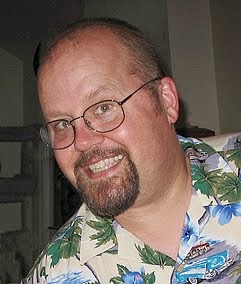A titillating thriller with class
Author Richard Matheson
penned many stories over in his long career that were turned into films, and one
of the best adaptations is the 1973 version of Matheson’s novel “Hell House.” With a screenplay by Matheson and direction
by Hammer Film’s John Hough, “The Legend of Hell House” rubs ghostly shoulders
with Robert Wise’s “The Haunting” and Lewis Allen’s “The Uninvited” as one of
the best of all haunted house movies.
While the two earlier films are more subtle in their supernatural
shenanigans, all three share an excellent emphasis on the building of dramatic
tension.
While “The Legend of Hell
House” is a more recent horror film and thus able to be increasingly explicit,
thankfully both Matheson and Hough appreciate the value of restraint. The movie is not cheapened by pointless bloody
set pieces, and Matheson also understood that certain sexual aspects of his novel
would not pass muster with the movie censors.
There are many lurid elements, but the story never becomes vulgar. Like its predecessors, this film is suggestive
but still remains sophisticated.
As the brooding physicist Dr.
Barret, Clive Revill is unswerving in his belief that the spiritual forces in
the Belasco mansion can be expunged scientifically with his newly minted
machine. His wife Ann, played by the
mature yet sensual Gayle Hunnicutt, is more open to the dark influence of the moldy
mansion, yet she never becomes a one-dimensional victim. Roddy McDowell steadfastly forecasts doom as the weary
parapsychologist Benjamin Fischer, the sole survivor of a previous attempt to
investigate the Belasco mansion.
Pamela Franklin as young medium Florence Tanner brings a youthful
optimism and pride that her skills alone will reveal ancient secrets and bring healing to the phantom palace.
The production design is
superb, and the camera placement consistently frames each scene to capture all
the gothic details and the devils that may lie within. The eyes are drawn to every dark corner,
hideous sculpture, and loathsome painting, waiting for something to leap from
the shadows. Despite repeated attempts to "clean" the sepulchral space,
the malignant mayhem in the mansion only increases in ferocity. The finale is terrific because it not only
makes sense, but it also aligns with everything that has been alluded to previously. Though the horror is over, uncertainty hangs
in the air, insinuating that spectral memories may linger long after the last rites.






No comments:
Post a Comment